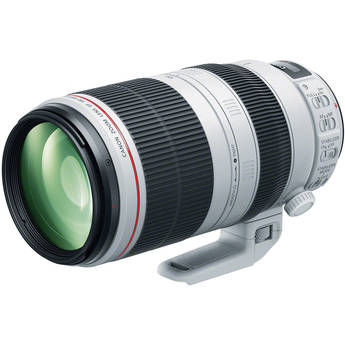This isn’t exactly a regular “morning musings” post, but I wanted to share this stuff and it seemed like a good pretext! This post concerns two related articles at the website:
- Photographic Myths and Platitudes — ‘Landscape Photography Lenses’ (Part I)
- Photographic Myths and Platitudes — ‘Landscape Photography Lenses’ (Part II)
From time to time I share new posts in my “Photographic Myths and Platitudes” series. These articles deal with common ideas about photography that range from “open to question” to quite wrong. I try to look at these issues from a perspective that is both objective and based on actual photographic practice.
I wrote the first of these two articles about lenses for DSLR landscape photography back in 2010 after reading one too many claims that wide-angle lenses are landscape lenses and that longer focal lengths are not good ‘landscape lenses.’ It shouldn’t be a surprise that I disagree. The first article goes over reasons to consider a wide range of focal lengths for photographing landscape.
When I wrote that first article I realized that there was another notion about landscape photography that needed a closer look, a belief that prime lenses are better than zoom lenses for landscape photography. This long-cherished idea probably has its roots back in an earlier period of photography when all photography (not to mention all landscape photography) was done with prime lenses, and in a somewhat later period when early zoom lenses had some serious shortcomings. But things are a lot different today, and most of the excellent contemporary DSLR (and a great deal of medium format) landscape photography that you see and enjoy today was done with zoom lenses.
Knowing what a sensitive issue this is for some photographers, I delayed writing part II for over four years! I’ll acknowledge in advance that there are some reasons to shoot landscape subjects with non-zoom lenses, and that my perspective is not The Truth about landscape photography lenses. However, I’m certain that the majority of landscape photographers will be best served by today’s excellent zoom lenses.
In any case, part II deals with this issue, and it is available now. I hope you’ll enjoy it and perhaps learn something new.
Morning Musings are somewhat irregular posts in which I write about whatever is on my mind at the moment. Connections to photography may be tenuous at times!
 G Dan Mitchell is a California photographer and visual opportunist whose subjects include the Pacific coast, redwood forests, central California oak/grasslands, the Sierra Nevada, California deserts, urban landscapes, night photography, and more.
G Dan Mitchell is a California photographer and visual opportunist whose subjects include the Pacific coast, redwood forests, central California oak/grasslands, the Sierra Nevada, California deserts, urban landscapes, night photography, and more.
Blog | About | Flickr | Twitter | Facebook | Google+ | 500px.com | LinkedIn | Email
Text, photographs, and other media are © Copyright G Dan Mitchell (or others when indicated) and are not in the public domain and may not be used on websites, blogs, or in other media without advance permission from G Dan Mitchell.



